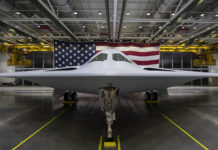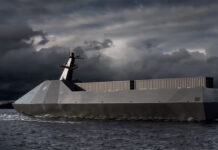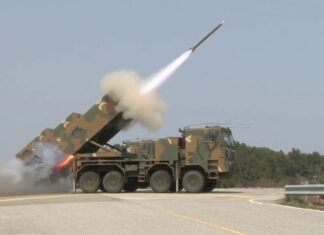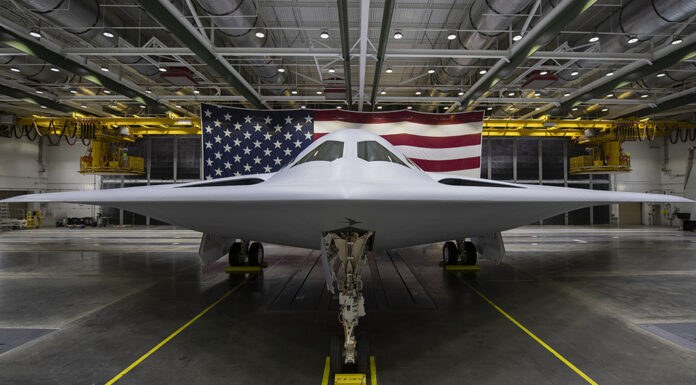
The GCV Infantry Fighting Vehicle will provide a highly-survivable platform for delivering a nine-Soldier infantry squad to a position of advantage on the battlefield in the conduct of combined arms maneuver and wide area security. It is also the first vehicle designed and developed to operate in an improvised explosive device (IED) environment. Nine years of combat experience — ranging from major combined-arms maneuver and close combat action, to stability operations and security force assistance missions — have underscored these needs and informed the requirements. Current and product-improved infantry fighting vehicles don’t provide the protected mobility required to operate across the spectrum of conflict or the growth potential required to incorporate advances in protection, network capabilities, size, weight, power or cooling.

Team ‘Full Spectrum’ led by SAIC also includes Boeing and two team members from Germany – Krauss-Maffei Wegmann and Rheinmetall Defence. The SAIC-led team submitted a revised proposal for the technology development phase of the Infantry Fighting Vehicle (IFV) being developed under the GCV effort to the U.S. government and the Puma IFV developed for the German Army. The Puma is the only production-ready IFV designed from the ground up since Sept. 11, 2001, and incorporates the lessons of the wars in Iraq and Afghanistan.
“GCV is of vital importance to our nation as it will be the first combat vehicle designed to be adaptable to the full range of military operations, while protecting our soldiers from current and emerging threats,” said Deborah Alderson, SAIC group president. “Our offer continues to focus on delivering a newer, highly survivable, more lethal, off-road IFV than previous offerings we know of.” The team represents a combined know-how of the world’s leading armor developers with experienced system integration team.

The second team is led by BAE Systems with Northrop Grumman as its partner, offering a hybrid-electric driven platform, a technology already developed with the Future Combat Vehicle. This propulsion system allows the team to offer exceptional force protection and mobility in a lower weight vehicle while provisioning for growth in power requirements as new technologies are matured and integrated into the platform. Other team members include QinetiQ North America, iRobot Corporation, MTU and Saft.
As the prime contractor, BAE Systems will lead the overall program management, systems integration, vehicle design, structure and logistical support as well as readiness and sustainment of the platform. Northrop Grumman will serve as the C4ISR lead. QinetiQ North America will provide the electric drive propulsion system or E-X-Drive™ for Ground Combat Vehicle. The E-X-Drive is the key component of the hybrid electric drive system. iRobot will serve as the unmanned ground vehicle integrator and enhance the capability to detect pedestrians and obstacles of interest. MTU will provide the engine and power generation for GCV and Saft will provide the battery and energy storage system.
A third team led by General Dynamics, comprises GD Land Systems and GD C4, Lockheed Martin, responsible for the turret, and Raytheon. The GD led team has not released any information about its proposal. General Dynamics Land Systems was one of two companies sharing part of the Manned Ground Vehicle program, part of the terminated Future Combat Systems. The company is current providing upgrades for M-1 Abrams main battle tanks and Stryker wheeled armored vehicles, and has been awarded a contract to produce up to 800 Israeli Namer Infantry Fighting Vehicles in the U.S.



















